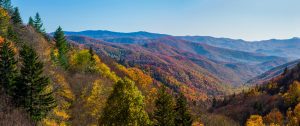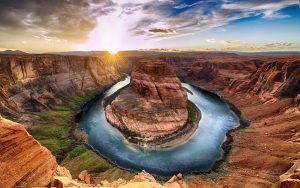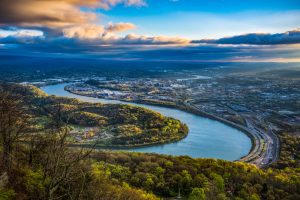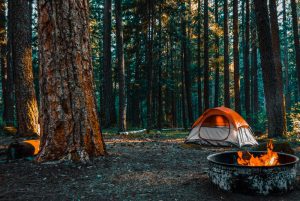Tourists from around the world have been flocking to the Grand Canyon for more than a century to take in its breathtaking views.
Despite being designated a reserve in 1893 and a national monument in 1916, the Grand Canyon did not receive its current status as a national park until 1919.
After North Carolina and Tennessee’s Great Smoky Mountains and Yosemite National Park, the Grand Canyon ranks second with an estimated 5.9 million visitors per year.
When the park was first established in 1919, it had an annual attendance of 44,173, but there are far more visitors today.
Table of Contents
Is the Grand Canyon the most popular nature park in the U.S.?
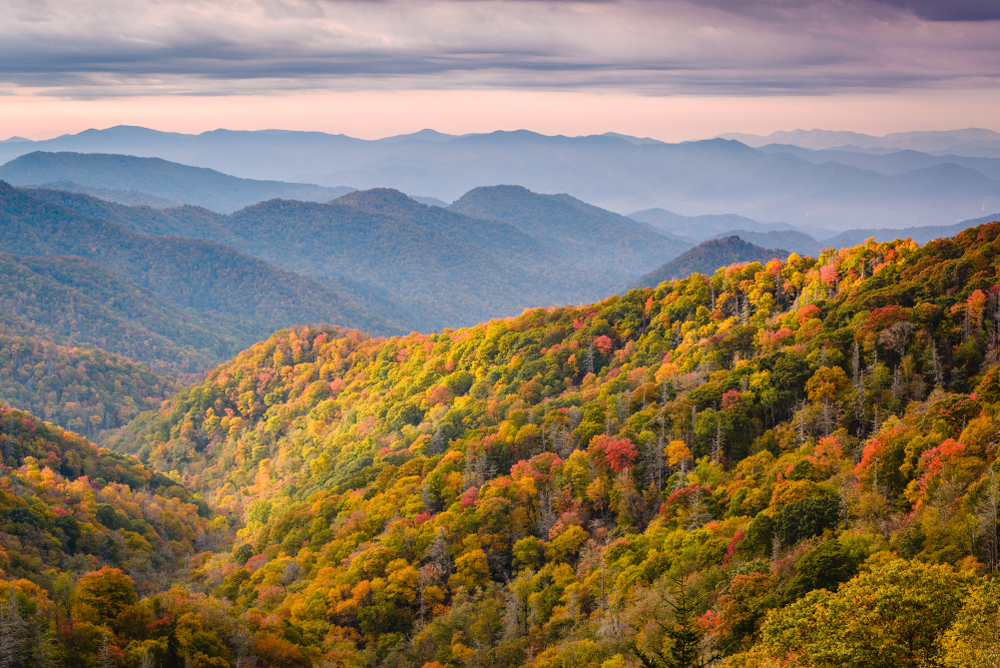
The Grand Canyon is second in popularity to the Great Smoky Mountains National Park that lies in both Tennessee and North Carolina.
Great Smoky Mountains National Park receives nearly ten million visitors annually, which makes it the most visited park in the country and the most popular national park in the United States.
How large is the Grand Canyon?
Rhode Island is smaller than the Grand Canyon. With a depth of one mile, the Grand Canyon spans 277 miles in length and 18 miles in width.
With a total area of 1,904 square miles, the park encompasses far more than just the canyon itself.
Rhode Island, on the other hand, has a total area of 1,212 square miles.
As one of the best places to see the sunset or rise, visitors flock to Hopi Point off Hermit Road for its expansive views and a look westward at the Colorado River gorge.
Does the Grand Canyon impact weather in the region?
The weather can be influenced by the Grand Canyon, according to the Grand Canyon Institute.
A wide range of meteorological conditions can be found in the Grand Canyon, which has an elevation range of 2,000 feet to nearly 8,000 feet.
Every 1,000 feet of elevation gain or loss sees a change in temperature of 5.5 degrees.
There are rare occasions when the Grand Canyon is completely shrouded in clouds, revealing nothing but the rock’s bare summits.
When the atmosphere close to the ground is colder than the temperature over it, a wave of clouds covers the gorge.
How many caves are in the Grand Canyon?
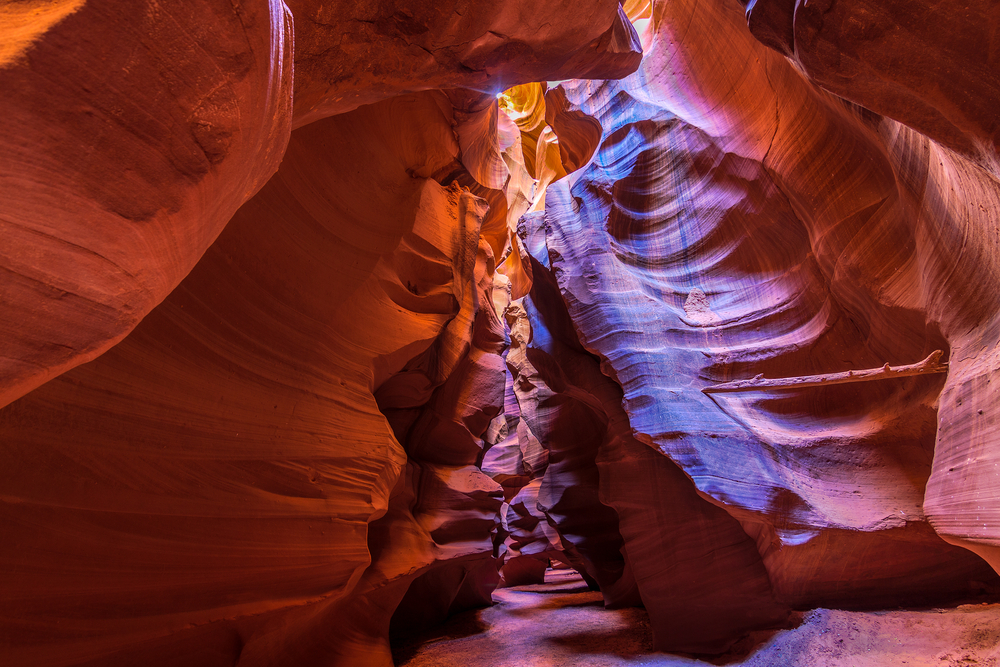
The canyon is littered with undiscovered caverns. There are roughly a thousand caves inside the Grand Canyon, and 335 of them have been documented.
The Horseshoe Mesa’s cave called Cave of the Domes remains accessible to the general public, unlike the others.
Caves of varying sizes are formed by water gently dissolving the Redwall limestone inside the Grand Canyon.
When was the Grand Canyon formed?
About 6 million years have passed since the Grand Canyon was first formed. We understand today’s gorge because of tectonic movements and the degradation of the Colorado River.
Numerous geological features and significant fossil records make this one of the world’s most researched landscapes.
The Grand Canyon is much more than a gigantic pit, notwithstanding its worldwide fame for its expansive vistas, stunning colors, and astounding geology.
Throughout the eons, people have lived in and explored the Grand Canyon, building human ties to this breathtaking terrain.
Why is the Grand Canyon protected?
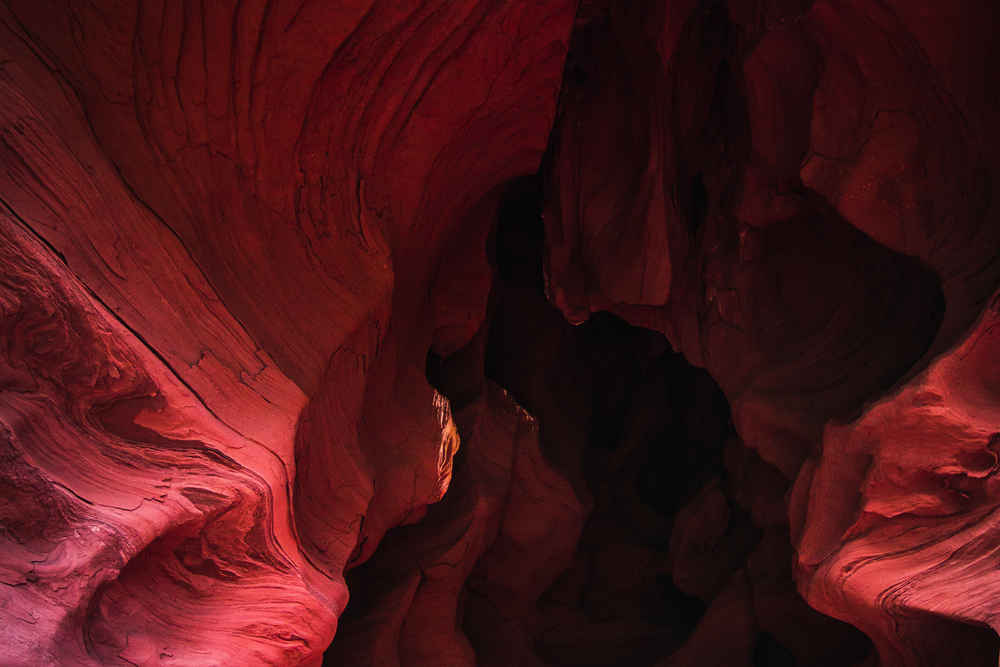
All indigenous heritage and culture discovered in Grand Canyon National Park are protected and preserved as part of the National Park Network’s mandate.
Archeological sites that safeguard primitive Native American formations and relics, articles about European American conquest and colonization of this territory, and more recent reports regarding preserving and maintaining the Grand Canyon as a protected area are all part of this area’s rich cultural heritage.
Countless narratives have been left behind by the numerous individuals who have walked this path throughout the centuries.
Paleo-Indian relics were discovered in Grand Canyon dating back over 12,000 years.
What is the most dangerous wildlife in the Grand Canyon?
Don’t laugh…it’s a squirrel! A rock squirrel is by far the most harmful wildlife in the area.
The Grand Canyon is home to many species of animals, including Gila monsters, condors, and bighorn sheep.
Rock squirrels, though, are the real troublemakers. Scores of people get bitten each year by these animals when they try feeding them.
Never engage with or feed any wildlife in the Grand Canyon for your safety (or any park).
How is wildlife affected by human feeding?
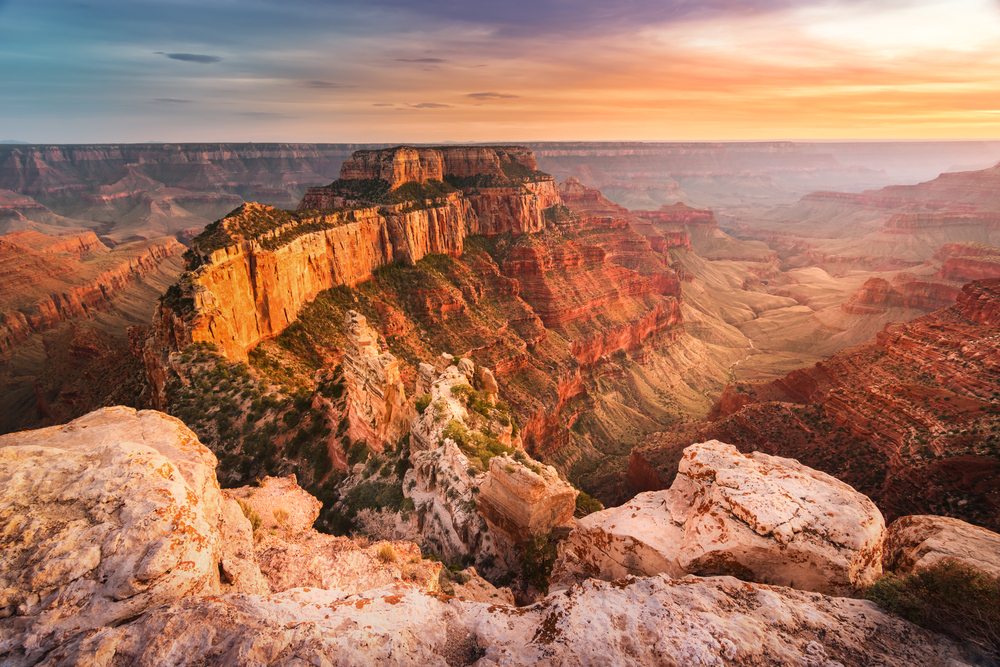
It is possible that humans feeding squirrels will cause them to forget their innate dread of humans and the capacity to seek natural meals for themselves.
Keeping a reasonable distance is really about the animal’s well-being and less about yours, which may come as a surprise to some people.
When wild animals abandon their innate fear of humans and become accustomed to human contact, they can become hostile and may have to be killed.
Even though these little rock squirrels seem to be innocent and perhaps even intrigued by you, they injure many guests.
That’s one of the reasons why it’s against the law to bother or feed any animal, irrespective of how big or small, or friendly it may seem.
How far away should you stay from the wildlife?
Mountain Lions, California Condors, Bighorn Sheep, deer, elk, and bison can be dangerous, therefore keep at least 100 feet or two bus lines away from them.
Squirrels, birds, and reptiles should be at least one bus length away from you when you’re out in the woods.
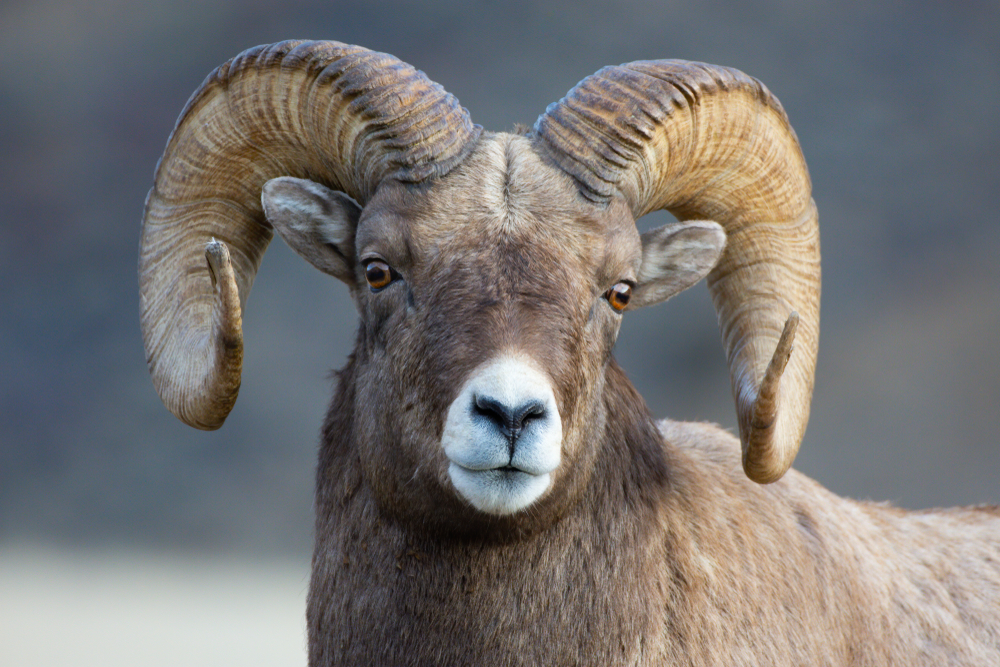
In addition to sharp fangs and claws, animals’ antlers and hooves can be lethal, so don’t underestimate their power.
What if you’re looking for an excellent photo?
As the prominence of selfies, as well as the ability to capture any occasion via photography or video, grows, so does the danger to both people and wildlife. In certain cases, animals’ temperaments have been altered as a result of visitors’ trigger-happy activity.
Observing from afar can be just as enjoyable as taking the ideal picture. You have come here to “unplug” from your hectic daily routines and gadgets.
Consider using a telescopic or a zoom lens, or simply put aside the camera and soak in everything you see for what it is.
Is it safe to be near animals if there are lots of other humans around?
Whether you’re in a small or large group, do not shorten the distance between you and the wildlife.
When there are large crowds, wildlife can become alarmed and cause harm to humans out of fear.
Animals are more likely to feel trapped if they are surrounded by people, even if those individuals are at a safe distance.
Don’t be afraid to tell other guests of the rules if they fail to keep the recommended space between themselves and animals.
How much of the Grand Canyon can you view in a day?
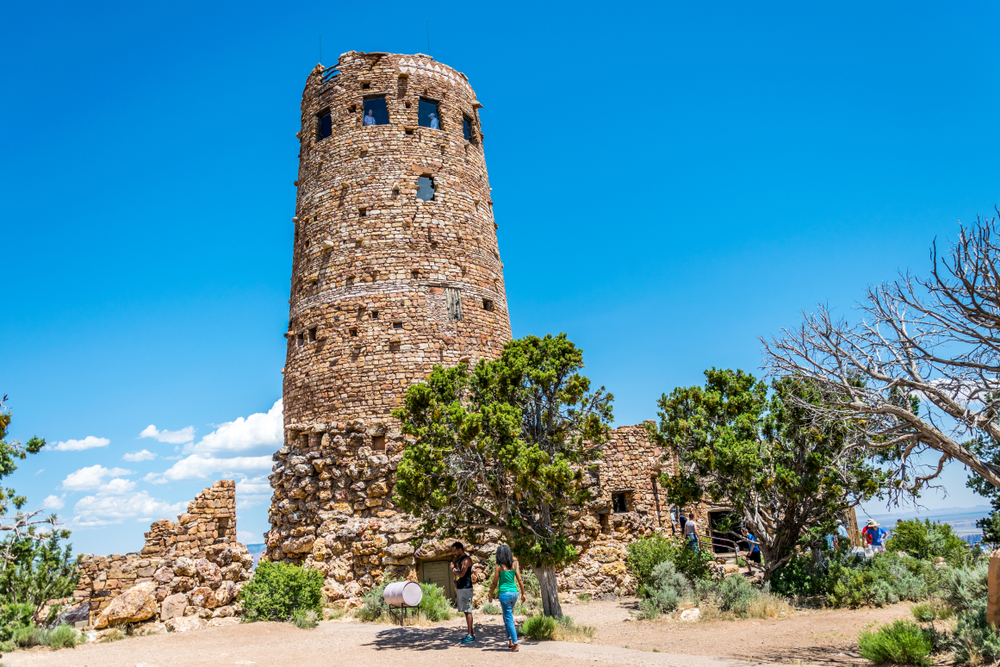
It’s more difficult than you think to see both the North and South Rims in one day.
The distance between the North Rim’s lodge and the South Rim’s Grand Canyon Village is approximately 5 hours, or 215 miles.
The North Rim of the Grand Canyon offers solitude and breathtaking vistas for those seeking to visit the park away from the masses.
Hikers, snowshoers, and cross-country skiers can still access the North Rim of the Grand Canyon during the winter.
What’s the best angle to get an aerial view of the Grand Canyon?
You don’t have to leave the ground to obtain a birds-eye perspective of the Grand Canyon.
The Grand Canyon’s Skywalk comprises a glass floor and sides that juts out 70 feet from the canyon lip and is run by the Hualapai Tribe on tribal grounds. The Skywalk is easily the canyon’s most popular tourist destination, so expect to enjoy in the company of many others.
What is the leave no trace rule for the Grand Canyon?
Everyone has a right to visit the Grand Canyon. The leave-no-trace rule essentially means to come and go without changing or disturbing the environment.
Don’t take or touch plants (or animals!), don’t stray from designated paths, and don’t leave behind garbage or food scraps.
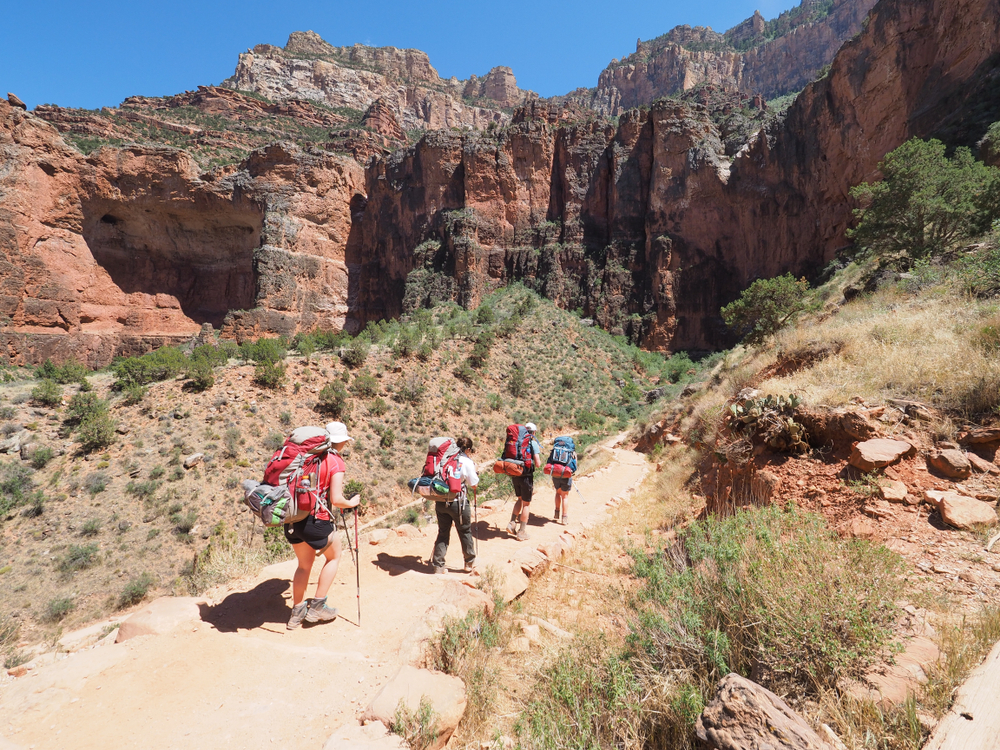
Do fires naturally occur at the Grand Canyon?
The canyon’s landscape is enhanced by controlled fires. For thousands of years, fire has been a natural feature of the Colorado Plateau environment.
The forest is naturally thinned, nutrients are recycled through the soil, and new plant growth is stimulated by natural forest fires.
Fire personnel at Grand Canyon National Park strive to maintain and restore the natural fire-related mechanisms, while also safeguarding human life and property from blazes.
Want to avoid the crowds?
The Grand Canyon’s Tuwee Overlook provides an opportunity for an uncrowded, rustic, and dramatic Grand Canyon experience.
Spectacular panoramas of both the North Rim of the canyon as well as the Colorado River may be seen from this 3,000-foot plunge.
However, you should be aware that access to the area requires a high-clearance automobile to navigate the challenging terrain.
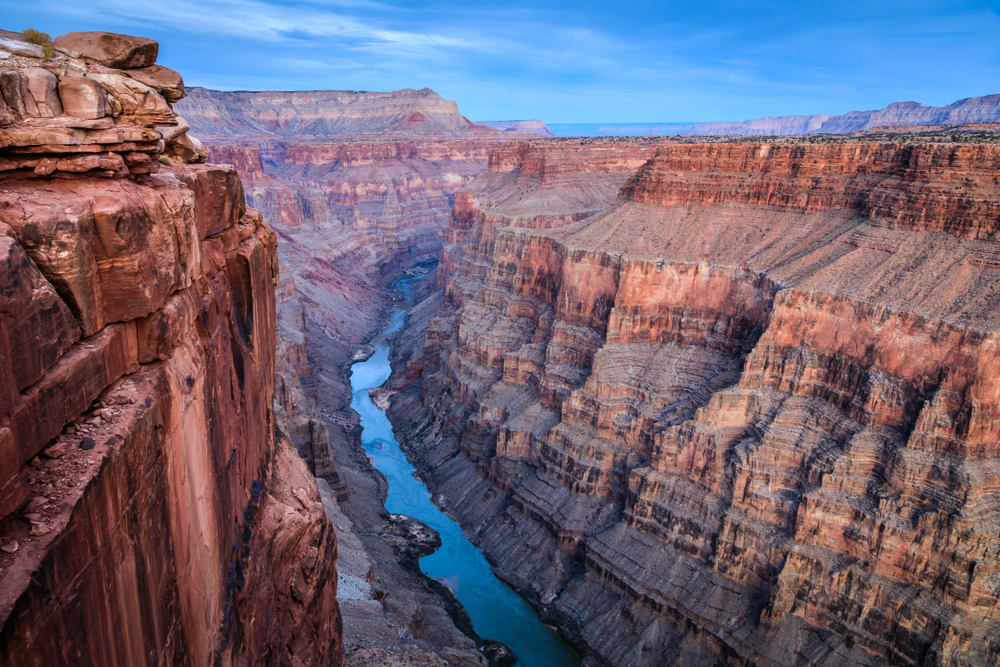
Which president ordered the preservation of the Grand Canyon?
In his efforts to preserve the Grand Canyon, Teddy Roosevelt had a major impact.
At the time of his visit, President Theodore Roosevelt was deeply touched by the Grand Canyon’s distinctive environment.
Roosevelt named the Grand Canyon a national monument in 1906 by signing a measure that designated the region as a wildlife sanctuary.
“Leave it as it is,” he remarked of the Grand Canyon.





